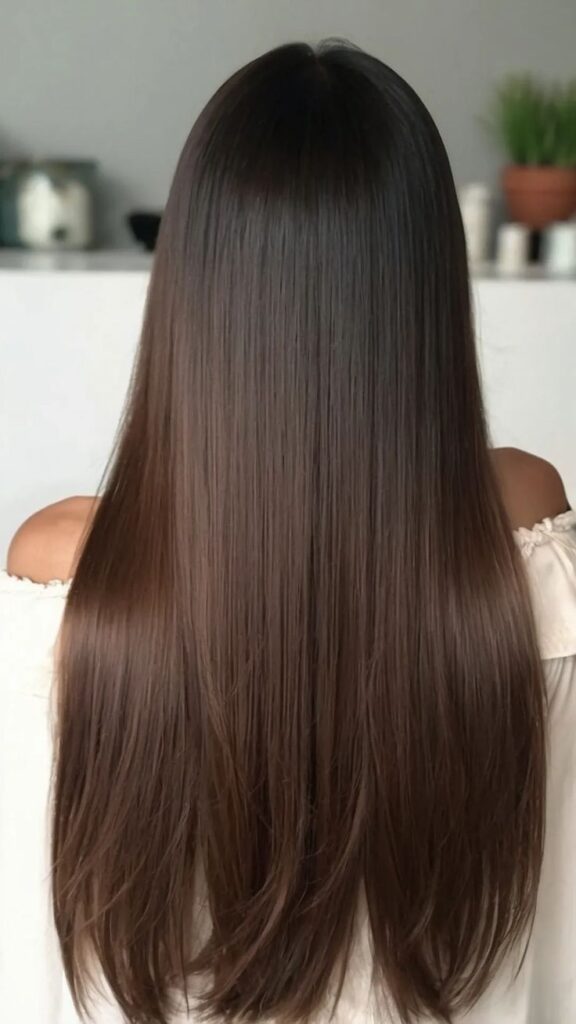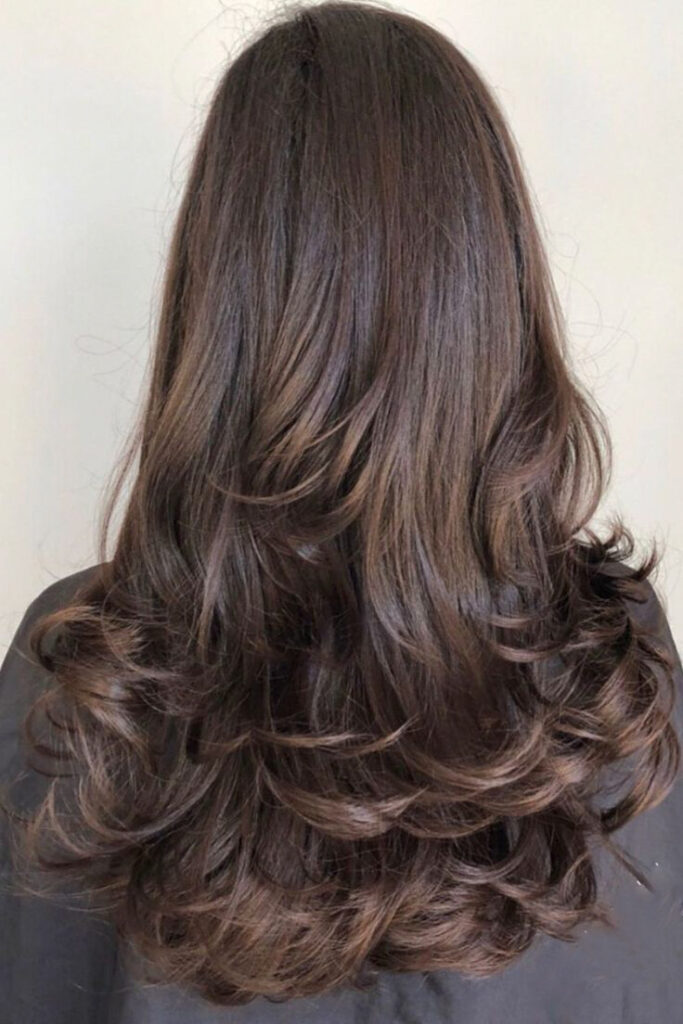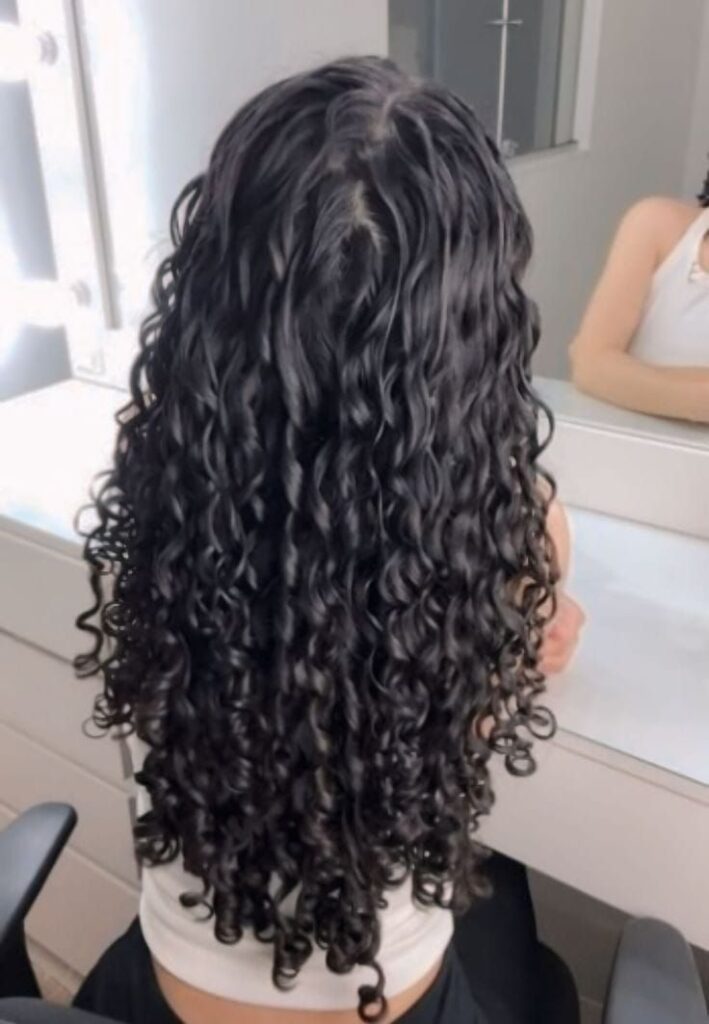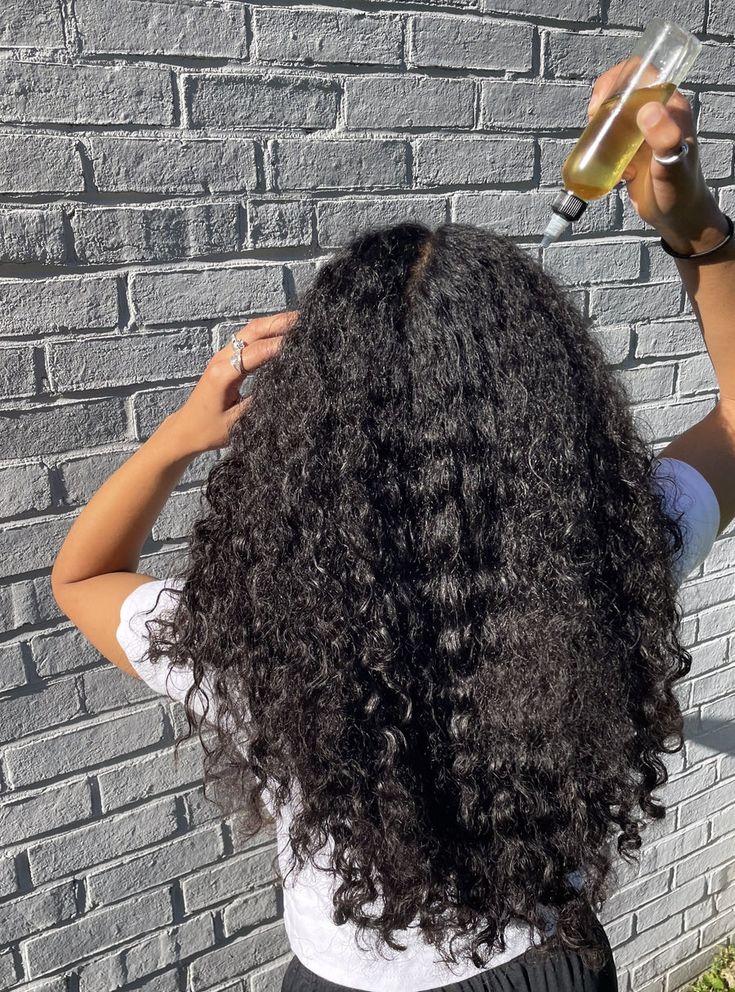When it comes to hair care, one of the most common questions people ask is, “How often should I brush my hair?” Brushing your hair regularly is crucial for maintaining its health and appearance, but the right frequency depends on a variety of factors, such as hair type, texture, and personal lifestyle. In this article, we’ll explore how often you should brush your hair to keep it looking healthy and shiny.
Why Brushing Your Hair Is Important
Before diving into how often to brush hair, it’s essential to understand why brushing matters. Brushing helps to detangle hair, prevent knots, and distribute natural oils from the scalp down to the tips, which can make your hair look shinier and healthier. It also stimulates the scalp, promoting better blood circulation, which can encourage hair growth.
However, brushing your hair too frequently or aggressively can cause damage. Excessive brushing can lead to split ends, breakage, and unnecessary frizz. So, finding the right balance is key.
How Often Should I Brush My Hair Based on Hair Type?
The frequency with which you should brush your hair varies depending on your hair type and texture. Let’s break it down by different hair types:
1. Straight Hair

If you have straight hair, you can typically brush it more often, as it is less prone to tangling compared to curly or wavy hair. Brushing once or twice a day is usually sufficient to keep it smooth and prevent any knots. Morning brushing can help distribute natural oils, and a quick evening brush can keep things neat.
2. Wavy Hair

Wavy hair can sometimes be more prone to tangling, especially after washing. If you have wavy hair, brushing once or twice a day is typically enough. However, it’s best to use a wide-tooth comb or a brush designed for wavy textures to avoid damaging the waves. Brushing too often can cause frizz and disrupt the natural wave pattern.
3. Curly Hair

Curly hair is the most delicate when it comes to brushing. Curly hair can be prone to dryness and breakage, so you should brush it less frequently. Ideally, you should brush curly hair only when it’s wet, using a leave-in conditioner or a detangler to prevent damage. Brushing dry curly hair is usually not recommended, as it can cause frizz and breakage. Once or twice a week is generally sufficient for curly hair, and many people find that finger-combing works best.
4. Coily/Kinky Hair

Coily or kinky hair is often the driest and most fragile hair type. This type of hair requires minimal brushing to avoid breakage. In general, brushing should be avoided when hair is dry. Instead, coily hair should be detangled while wet, using a wide-tooth comb or fingers. Only comb or brush your hair when it’s thoroughly conditioned, either during or after washing. For most coily-haired individuals, brushing once a week is usually plenty.
How Often to Brush Hair If You Have Long Hair
If you have long hair, it’s important to brush regularly to prevent tangles and knots, which can be harder to manage with longer lengths. Aim for brushing twice a day: once in the morning to detangle and distribute oils, and once in the evening to keep it neat. Long hair can be prone to split ends, so using a gentle brush and brushing in small sections is recommended to avoid excessive pulling or breakage.
How Often to Brush Hair If You Have Short Hair
For short hair, you may not need to brush as often. Since short hair tends to tangle less, brushing once a day or even every other day may be enough to maintain a clean, polished look. If you have a short pixie cut or a similar style, brushing a couple of times a day can help you keep your style looking sharp and defined.
The Right Brush Makes a Difference
Another factor to consider when brushing your hair is the type of brush you use. The wrong brush can cause more harm than good, leading to breakage and split ends. Here are some tips on choosing the right brush for your hair:
Bristle Brush: Ideal for straight to wavy hair, this brush helps distribute natural oils and is great for adding shine.
Wide-Tooth Comb: Perfect for curly, coily, or wavy hair. A wide-tooth comb is gentle and helps detangle without causing breakage.
Boar Bristle Brush: Best for fine or thinning hair, this brush helps distribute oils and creates a smooth, glossy finish.
Paddle Brush: Suitable for long, straight hair, paddle brushes can help detangle hair quickly without causing much tension.
Using the correct brush can help minimize damage while making your brushing routine more effective.
How Often Should I Brush My Hair to Prevent Damage?
While brushing is essential for healthy hair, over-brushing can lead to breakage. Brushing too frequently, especially with the wrong tool, can cause the cuticle layer to lift, leading to split ends and dull hair. Be gentle while brushing, and avoid pulling or tugging at tangles. To minimize damage:Brush with a soft hand and never yank at tangles.
Always brush from the tips of your hair upward toward the roots, detangling slowly.
If your hair is wet, use a wide-tooth comb or a detangling brush to avoid breakage.
Conclusion: The Right Frequency for Healthy Hair
So, how often should you brush your hair? The answer depends on your hair type, length, and texture. In general:
Straight hair: Once or twice a day.
Wavy hair: Once or twice a day, but avoid over-brushing.
Curly hair: Once a week, preferably when wet.
Coily hair: Once a week, and only when wet with a conditioner.
No matter your hair type, it’s essential to listen to your hair and adjust your brushing routine to suit its needs. The key is to brush your hair often enough to keep it healthy and tangle-free but not so often that you cause unnecessary damage. With the right frequency and the right tools, you can maintain beautiful, healthy hair.






